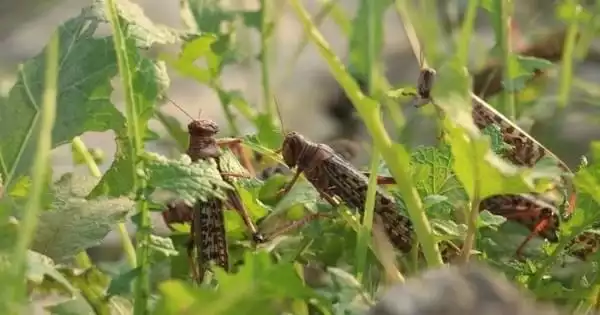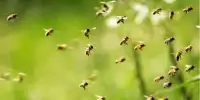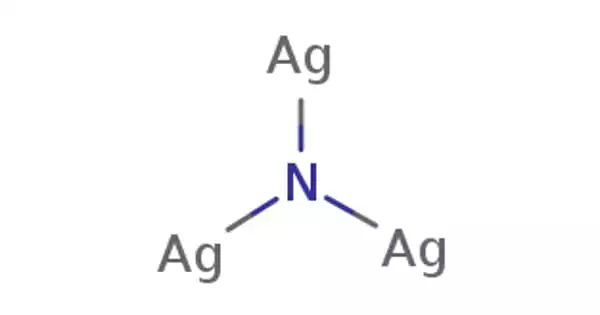Locust is a transnational pest that has plagued the Earth for centuries. It has an impact on agricultural production as well as livelihoods in Africa, the Middle East, and South-western Asia. Desert locust (Schistocerca gregaria) and Migratory locust (Schistocerca gregaria) are two major locust species invading Pakistan (Locusta migratoria). These migratory pest species can wreak havoc in swarms and wipe out farmers’ entire livelihoods in a single morning. The ability of this particular grasshopper to reproduce rapidly poses significant control challenges, particularly in remote semiarid areas, which characterize much of the invaded area.
The Desert Locust, Schistocerca gregaria, is the world’s most lethal migratory pest. The Desert Locust continues to be the most serious threat to food security in the infested region and beyond. The recent Desert Locust outbreak had a significant impact on Pakistan’s agriculture, with swarms wreaking havoc on all types of crops. A team provides an overview of the dynamics of this outbreak, assesses its impact and control measures, and clarifies the role of various stakeholders in the management of this pest, making recommendations for future improvements.
Desert locusts infested parts of East Africa and vast areas as far away as India and Pakistan through the Arabian Peninsula in 2019 and 2020, in what was described as the worst infestation in decades. The desert locust Schistocerca gregaria is a serious agricultural pest that feeds on most crops, including grains, vegetables, and fruit, causing significant damage to agricultural production and threatening food security in many countries.
The Desert Locust is the world’s most lethal migratory pest. The Desert Locust continues to be the most serious threat to food security in the infested region and beyond.
Riffat Sultana
Since the 1960s, a preventive control strategy has been implemented against this pest, based on monitoring of outbreak areas and ecological conditions, followed, if necessary, by early intervention and limited use of pesticides, so that any outbreak can be stopped as soon as possible. With 60 years of hindsight, desert locust invasions are now less common, smaller in scale, and adequately managed if they cannot be stopped early.
The desert locust is the world’s most destructive migratory pest. Millions of locusts have been feeding throughout East Africa, devouring everything in their path, posing an unprecedented threat to the food supply and livelihoods of millions of people. They thrive in moist conditions in semi-arid-to-arid environments. Farmers watch as armies of ravenous insects devour their young, healthy crops; meanwhile, herders watch as the rangelands are stripped bare in front of their eyes before their livestock can reach them.

However, financial and political uncertainties persist in many parts of the desert locust’s range, and not all invasions can be stopped early. This was the case in 2018 when rains in the southern Arabian Peninsula aided the upsurge. Locusts could not be detected for several months and thus went unchecked, owing primarily to insecure conditions, particularly in Yemen. The swarms then infiltrated a large portion of East Africa before spreading to Iran, Pakistan, and India. Pakistan, in particular, subject to periodic swarm invasions in the past, faced a particularly severe situation in 2019-2020, where the swarms could only be contained after several months of intensive control.
In a new research article published in the open-access Journal of Orthoptera Research, scientists Riffat Sultana, Ahmed Ali Samejo, and Samiallah Soomro (University of Sindh, Pakistan), Santosh Kumar (University of Cholistan, Pakistan), and Michel Lecoq (former director of a locust research unit at CIRAD, France) synthesized these two years of upsurge. They concentrated on Pakistan, the damage caused there, and the surveillance and control operations carried out, clarifying the role of the various actors in the pest’s management at both the national and international levels, and suggesting some improvements for the future.
During this surge, all types of crops suffered significant damage. The preliminary estimate of monetary losses due to desert locusts for the agricultural seasons 2020 and 2021 by the Government of Pakistan ranges from $3.4 billion to $10.21 billion. Over 3 million people were suffering from severe acute food insecurity.
The authors also emphasize the importance of Pakistan remaining prepared and improving the existing prevention system. They advocate for the early development of compensatory measures for local populations in the event of an uncontrolled invasion, increased use of alternatives to chemical pesticides such as mycopesticides, and the preservation of funding mechanisms that provide long-term support even in times of economic downturn. The most difficult challenge, without a doubt, is to maintain long-term efforts to build resilience despite the apparent absence of imminent threats.
The current situation in East Africa is extremely concerning, as another breeding generation has occurred, with more swarms forming and maturing in northern and central Kenya, southern Ethiopia, and possibly Somalia. This is a once-in-a-lifetime threat to food security and livelihoods because it coincides with the start of the long rains and planting season.
















